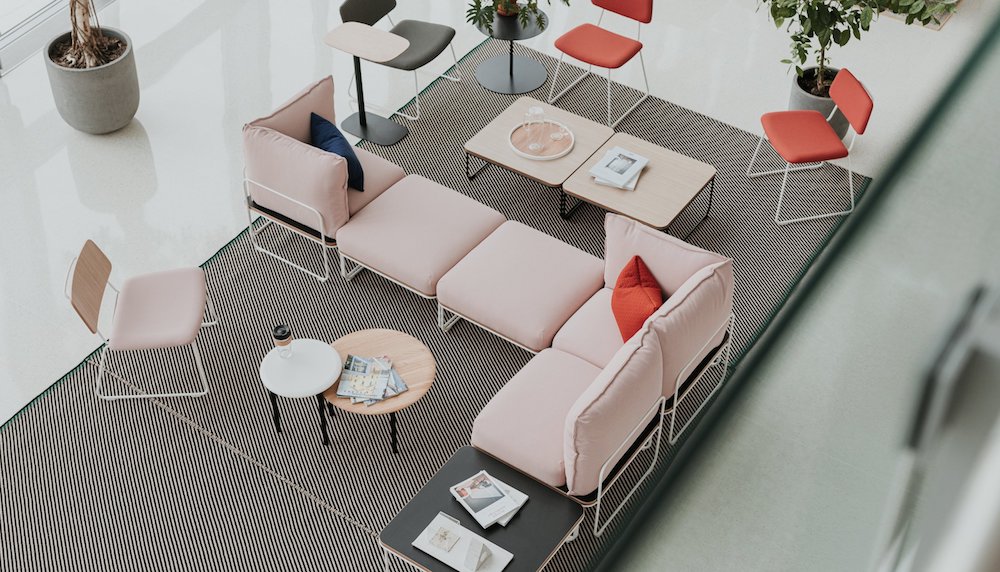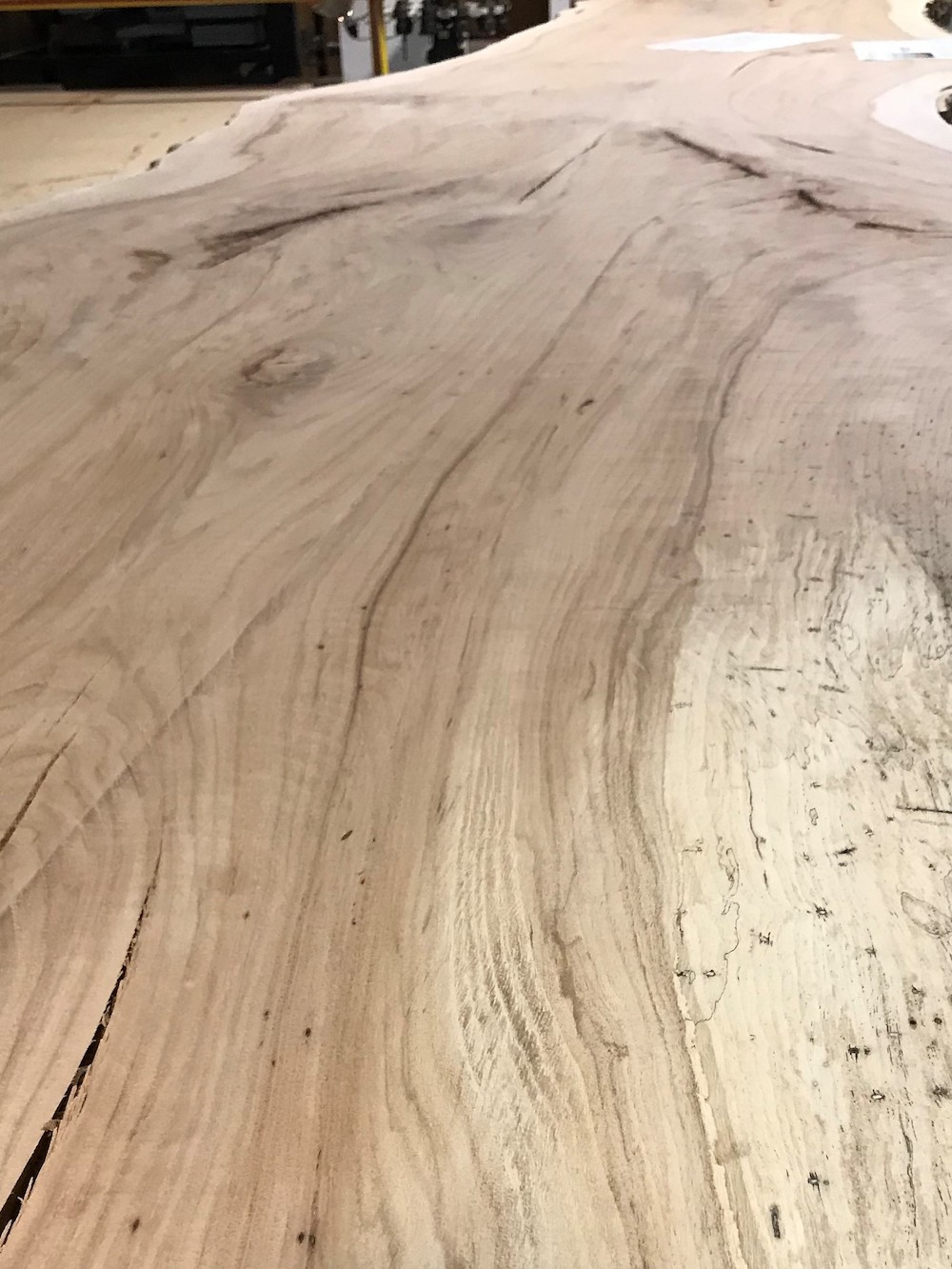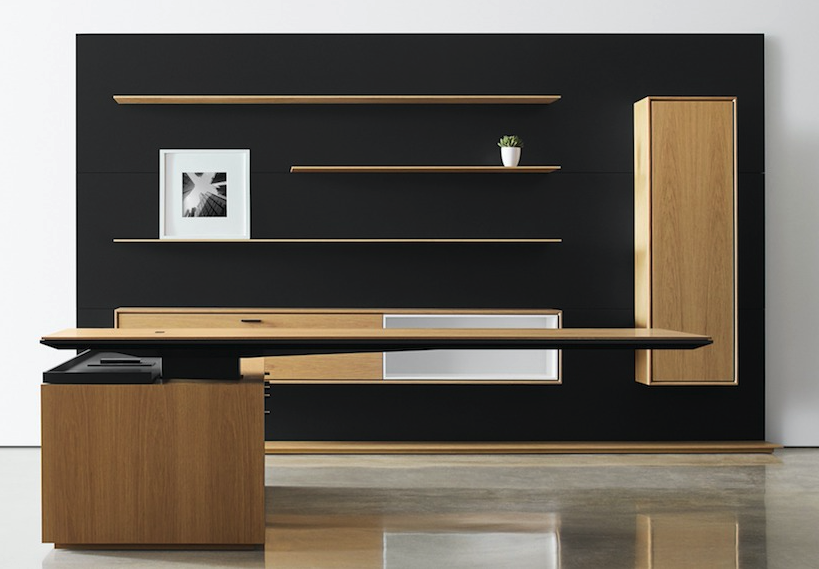Gensler’s Amie Keener shares how specifying American products can help designers improve overall project schedules and costs, while also helping the environment.

Design professionals can play a bigger role in climate change by reducing carbon footprint. And, they can start in their own community. Designers have a lot of choices when it comes to specifying products, and it’s important to understand where these products are coming from. If you don’t know, ask your product representative, or spend a few quick moments researching prior to ordering. In past year, we have seen some clients hesitate to start projects. One of these reasons may be a result of supply chain challenges and product availability.
A Designer’s Responsibility
Designers are generally not responsible for the means and methods of construction because that falls under the general contractor’s scope. Design professionals can influence the construction schedules, but overall management of the construction schedule is the contractor’s responsibility.
In the past year, one of the negative impacts of COVID has been extended construction schedules, likely due to a number limitations present on job sites, permit delays, and disrupted supply chains. Most designers have a good understanding of the challenge’s contractors face under normal circumstances. Add in the pandemic and the result is greater complexities for general contractors.
Design professionals can play a bigger role in climate change by reducing carbon footprint.
Designers can help improve construction schedules by demanding the use of more US made products. Specifying more American products leads to shorter transit times getting materials to job sites and better control over supply chains.
More US manufacturers are stepping up their design game with better product options. In recent years, the trend has been leaning toward European designs and US manufacturers have noticed. Often designers gravitate to European trends. Maybe it’s from deep roots in historic and iconic designs, maybe they visited design week in Milan in recent years, or maybe it’s the lure of hygge lifestyle that highlights a feeling of contentment. Whatever the case, many designers find European designs appealing, especially Scandinavian designs. Common characteristics of Scandinavian designs tend to be soft natural earth tones, subtle curved lines, light tone woods, minimal and clean. No hard edges, not overly lavish, it’s simple, minimal, and functional.

Keep Product Sourcing Close to Home
Designers should take a closer look at US manufacturers because they are building in more and more design features influenced by European designs. It’s not just happening in furniture it’s impacting other products in demand too.
Many architectural products are made all over the US. More and more commercial building products and furniture is made to order with “just in time” manufacturing. Completed products are not generally sitting on the shelf, waiting for designers to request for contractors to order them. Typically, they are made when orders are placed. Products are rarely 100 percent made in one location. They are likely created from multiple pieces, components, and parts from around the world. In the US, the bulk of commercial furniture is made in Western Michigan, North Carolina, California/Pacific Coast and New York/Pennsylvania. And, utilizing these products from American manufacturers in a specific region results in shorter transit schedules.
Specifying more American made architectural products can also lead to more jobs…
Specifying more American made architectural products can also lead to more jobs, not just in the design industry, but in all the associated support roles connected to the built environment. With a concerted effort to demand more US-based products by architecture and design firms, it will have a positive ripple effect on employment and thus, the economy.
The cargo barge, Ever Given, was recently stuck in the Suez Canal, causing havoc on already fragile supply chains. It will likely take weeks before we know the full consequence of a barge the size of nearly four football fields getting stuck for six days and backlogging 300 ships. This type of strain on the global transporting of goods, shows the need for greater reliance on US-made products. Most architectural products are shipped within the US by truck. If these trucks have less distance to get to a job site, they have less time on the road, and less fuel usage, which has a positive effect on the environment.

Additionally, when building products and materials made overseas are ordered, they arrive by air or sea. Shipping involves large barges and crates, and air freight costs are typically the most expensive form of transit for building products. Materials shipped by freighter can be more affordable but require more time as they must be cleared by customs, which adds more days to the delivery schedule, depending on the volume, traffic, and security level at the port.
Another risk factor with freighter shipping is the extended time on the water, which could increase risk for damage. In the US and North America, transit by truck is more efficient and can be controlled and tracked more effectively by manufacturers. Freight damages are generally covered under insurance, and when they occur the contractor is required file a claim. Again, something that requires more time and leg work for the contractors. If products get damaged in transit, they generally must be reordered and reshipped to the site. Products shipped via truck have a greater likelihood of reaching their destination safely and have a smaller carbon footprint which again is better for the environment.
If design professionals demanded more products made in the US, overall project schedules and costs would improve.
A great example of keeping product sourcing close to home is a recent project where a large conference room table made of Texas pecan was installed for real estate development company. The table was made by a local fabricator in Dallas. The pecan slabs were from a tree that was at the end of its lifespan. A sawmill in northeast Texas provided the pecan slabs to a furniture dealer. The fabricator then worked on the design and installers set the table in place. The tree, sawmill, table fabricator, furniture dealer, and jobsite were all located within 200 miles.
If design professionals demanded more products made in the US, overall project schedules and costs would improve. This could jump start the building industry and entice more clients to approve more projects. There have been a lot of things from the pandemic we couldn’t control but relying on more goods closer to home has provided a safer and more predictable product supply operation. The pandemic has accelerated our desire to care more for our homes, neighbors, free time, and the environment.
Sources:


